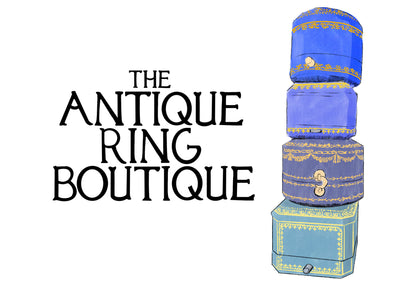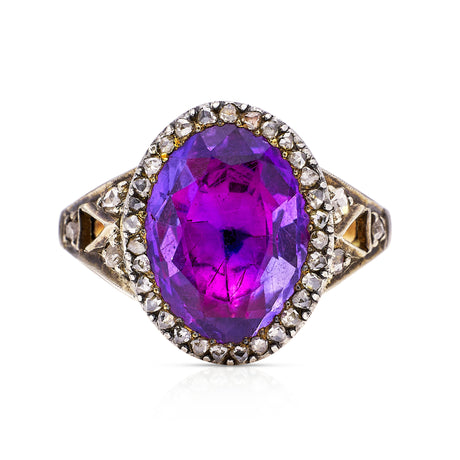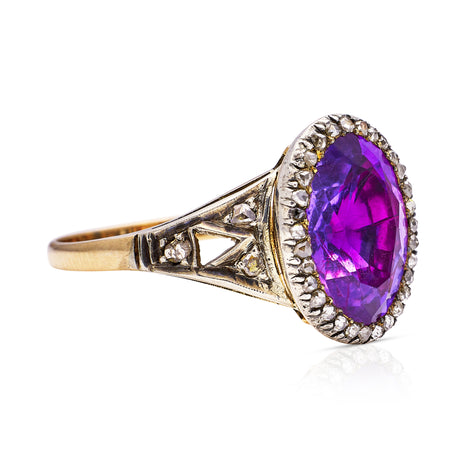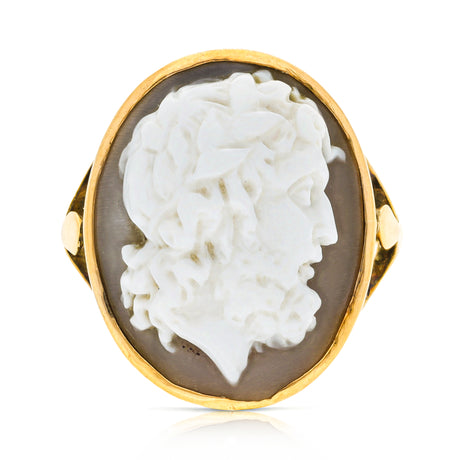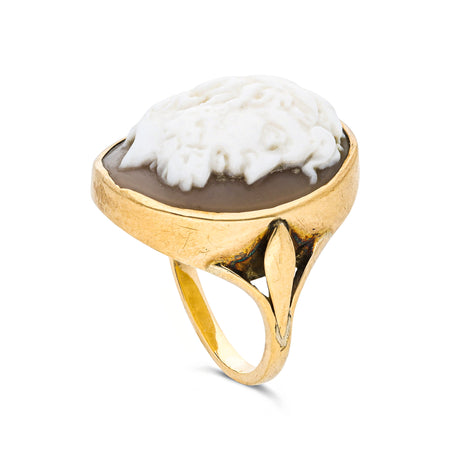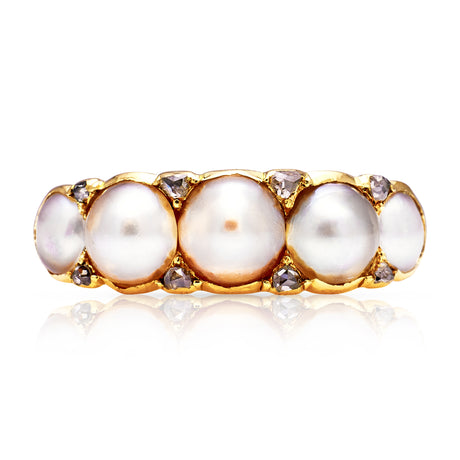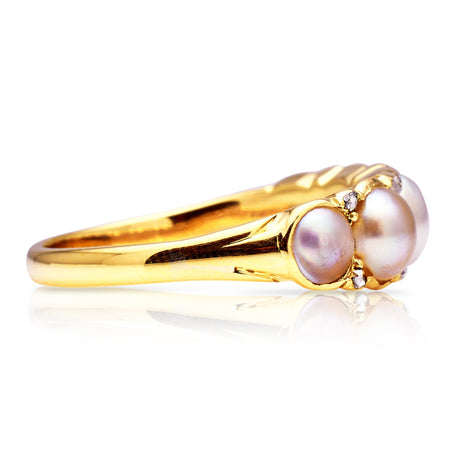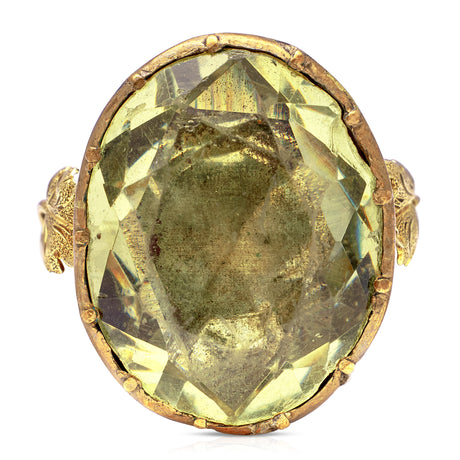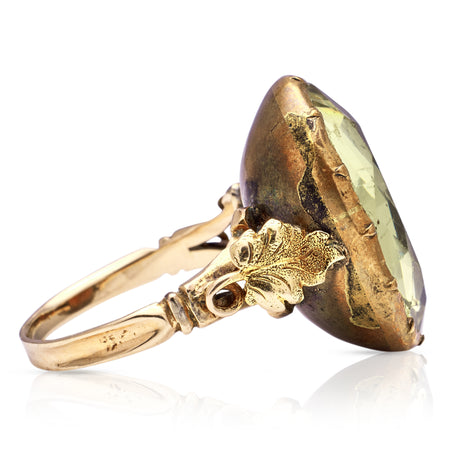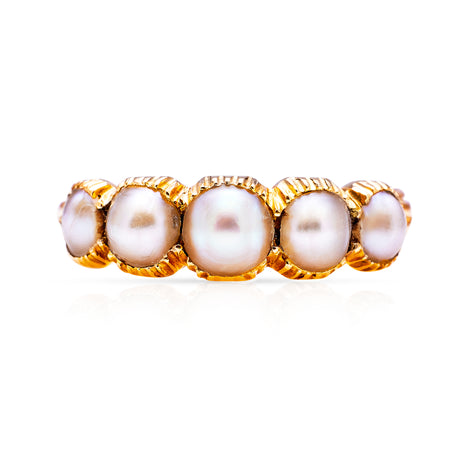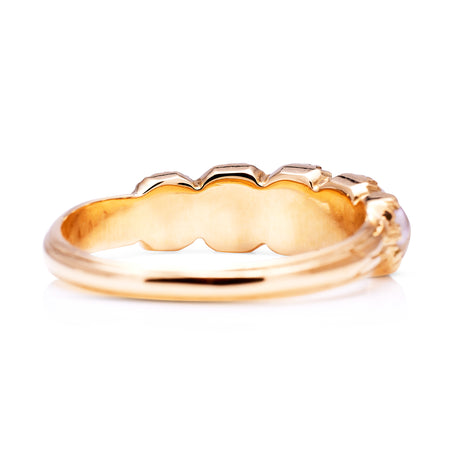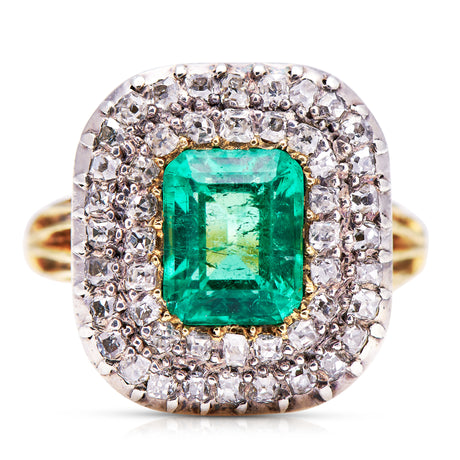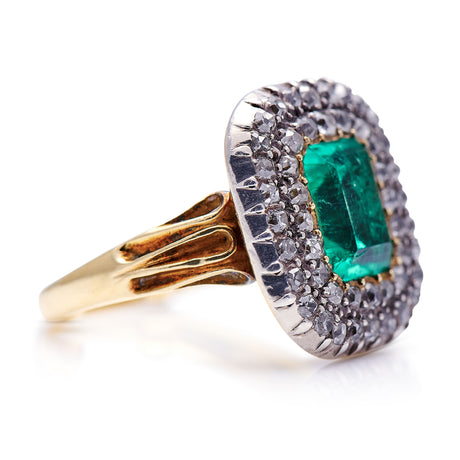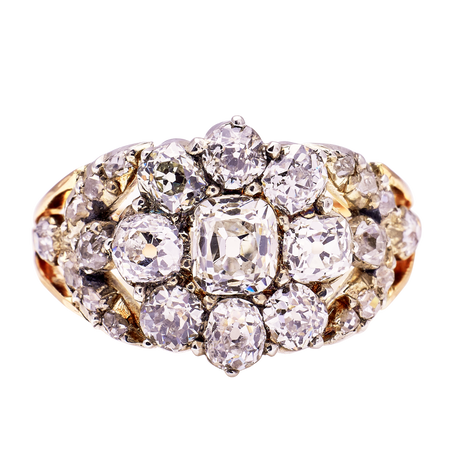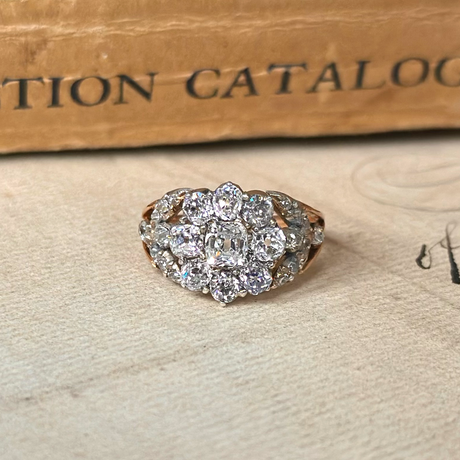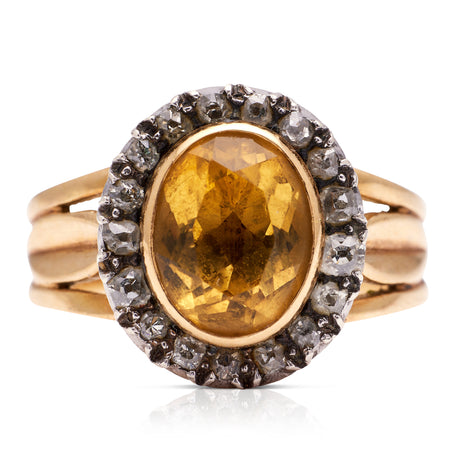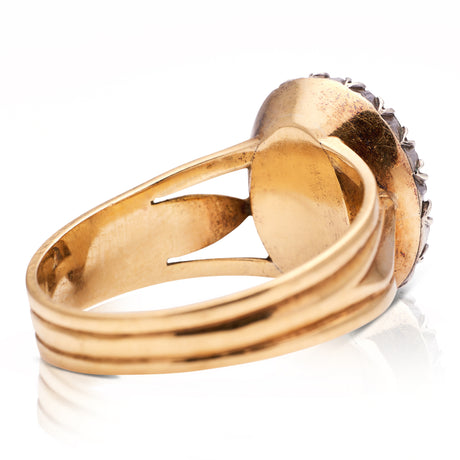The Georgian Era is named after the Hanoverian English monarchs who ruled during the 18th and 19th centuries: George I and George II (both pictured, below) and George III and George IV. This time is remembered for growing wealth, wars and rivalries with other world powers, fabulous social engagements, scientific advancements and extravagant styles.

Georgian-era fashion and jewellery heavily accounted for the expression of individuality and the use of impressive designs, colours and patterns. This reflected the trends of the time — and it’s no surprise that these stunning ornate pieces remain in incredible demand today.
What is the Georgian era?
The Georgian era, a significant period in British history, commenced with the ascension of George I in 1714 and spanned until the demise of George IV in 1830. This period, however, often includes the brief reign of William IV, extending the Georgian era to 1837. A unique subperiod within this era, known as the Regency, encapsulates the regency of George IV as the Prince of Wales during his father George III's illness from 1811.
Notably, the Georgian era brought fundamental shifts in culture, society and fashion. It was distinguished from the preceding Stuart period’s flamboyant styles and the following Victorian era's comparative conservatism. It was a period of significant social change that saw prosperity for the upper classes, the expansion of Britain's colonial empire and a distinct and lasting legacy.

What makes a ring Georgian?
Georgian rings were adapted according to the occasion. Georgians would move from day to evening pieces, reflecting the era's showy attire. In fashion, this was marked by extravagant wigs and headdresses. Above all, the Georgian period is celebrated for its rare, expertly crafted jewellery, characterised by vibrant gemstones and intricate detailing.
 A cushion-shape chrysoprase surrounded by skilful repoussé style gold work. The split shanks reveal a gold flower
A cushion-shape chrysoprase surrounded by skilful repoussé style gold work. The split shanks reveal a gold flower
What styles were used in Georgian rings?
Although named after the ruling British monarchy, Georgian-era jewellery actually featured international influence. France, Italy and Germany, for example, all shaped the art and design of the time.
In Georgian antique rings, nature-inspired motifs were widespread. This reflected the period's appreciation for natural beauty. The extravagant trends of the Baroque and Rococo movements also greatly impacted jewellery designs.

A fondness for Greek and Roman aesthetics revived the use of cameo rings in 18th and 19th-century jewellery. Intricately carved coral, agate and shells adorned both necklaces and rings.
Overall, the Georgian approach to jewellery balanced proportions. Sizes ranged from grand, over-the-top designs to more delicately detailed, minimalist pieces.
What cuts were used?
Gem cuts during the Georgian era varied. Rose and old mine cuts were popular, while some table cuts remained in use.

Key Georgian gem cutting styles included:
- Rose Cut: Dating to the 16th century, this important cut in antique jewellery history is characterised by a round shape with a domed top and a flat bottom. Georgian rose-cut diamond rings were popular during the era.
- Old Mine Cut: This style features a rounded square cut with numerous facets. In many ways, old mine bears a close resemblance to today's popular cuts. Georgian old mine-cut diamonds were, of course, crafted by hand, so often feature uneven or imperfect surfaces opposed to today’s precision work.
- Table Cut: This featured a square shape with a flat top and bottom. This cut was less prevalent, although pieces can still be found today.
Georgian diamond and gemstone cuts were designed to impress. Despite their sometimes uneven cuts, they dazzle under light — perfect for that candlelit evening soirée.
How were Georgian rings made?
Georgian-era rings were meticulously handcrafted using labour-intensive methods. Artisans would begin by hammering gold ingots and other metals into thin sheets. This manual effort eventually paved the way for a machine-based fabrication process.

Typically, gems and stones were set in closed-back settings. The craft of stone cutting, particularly in revealing a gem's refractive properties, was in its early stages. For this reason, most gemstones were enhanced using foiling.
Foiling was used to apply a metallic coating to the gem's back. This extra shimmer helped accentuate the stone’s brilliance under candlelight. Foiling was especially prevalent in closed-back settings for Georgian-era rings. Melting and recycling out-of-fashion pieces for their metal was a common practice, adding to the Georgian era's unique craftsmanship and relative rarity of surviving pieces.
What jewels were common?
In the early Georgian era, diamonds held the spotlight until coloured gemstones' popularity resurged around 1750. Common jewels included ruby, sapphire, garnet, topaz, coral, shell, agate, citrine, pearl and diamonds, of course.
Daytime fashion favoured natural pearl rings, garnets and agate. Sparkly pieces, like Georgian diamond cluster rings, were reserved for grand evening events, courts and receptions. Diamonds also grew in popularity throughout the era as the expanding British Empire trade routes discovered new mines.
However, the Georgian era's gem industry was relatively localised compared to the later truly global spread seen in the Victorian era. The valuation of stones also differed from the modern day. Amethyst, for example, was considered a royal stone in Georgian times, despite its current less valuable status. Scottish agate and topaz pieces from Portugal also enjoyed popularity.
What metals were common?
Gold and silver were widely used metals for Georgian-era rings. A variety of Georgian gold hues were fashionable, including:
- Rose gold
- Yellow gold 18 carats and above
- More rarely green and red gold.

Diamonds were typically set in silver. This continued the trend of Georgians attempting to amplify the brilliance of their stones. Gold rings were often used for colourful gems. The rear of jewellery and ear wires were often gold-crafted to prevent tarnishing skin and clothing.
As Europe experienced wars in the late 18th and early 19th centuries, jewellery trends were impacted. Techniques like cannetille and repoussé, which required less material, gained popularity as metals were more commonly used for war efforts. Cannetille used small wires to create ornate designs with minimal metal use. Repoussé, a technique of crafting intricate designs by hammering malleable metal, was used for its minimal wastage.
Georgians used these metal and gem pairings to create rings that allowed a great deal of self-expression. In an age of increasing social engagement, jewellery became a way to show off one’s personality while respecting the general etiquette of the period.
